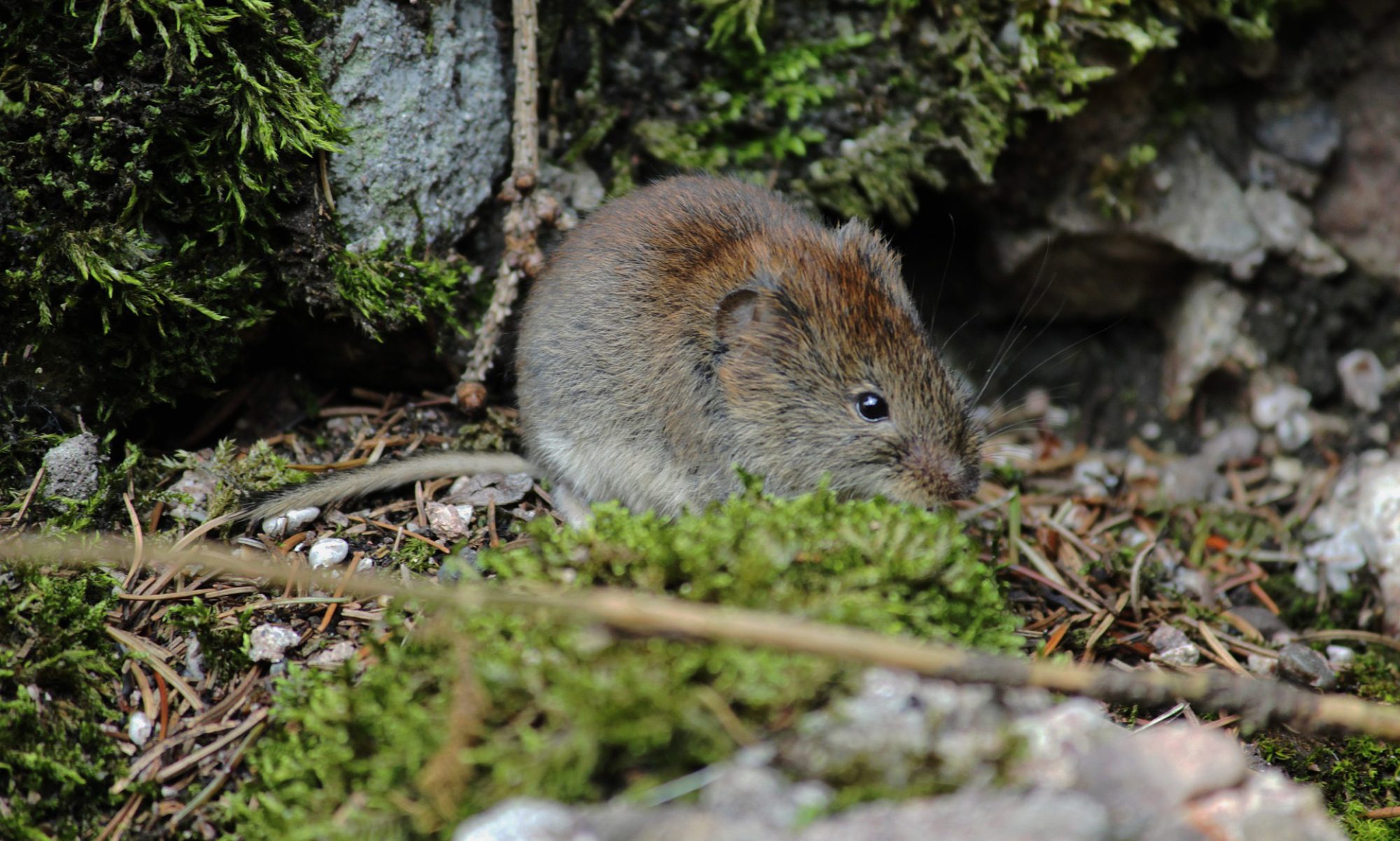I joined the practical conservation cohort on an expedition to Spurn the point in an attempt to turn the tide on beach pollution. We gathered at the Spurn Discovery Centre for the activity of the day: A beach clean! Read on to find out all about it!
Location, Location, Location.
Spurn point is 327 hectares of Yorkshire wildlife trust nature reserve located on the coast East Riding of Yorkshire that reaches into the North Sea and forms the north bank of the Humber Estuary. The site is famous for bird migration and is of national importance for wildfowl and wading birds. Spurn is rich in plant life with Marram grass topped dunes (a sanctuary for endangered plants and animals) and salt-marsh (nursery areas for many fish species and breeding/ feeding sites for wintering waders and waterfowl) Roe deer also a regular sighting on the reserve; there’s even the chance of a minke whale from time to time.

Seas the Day, Clean the Beach!
Beaches are the bridges between land and ocean and, during the summer, attract thousands of visitors across the globe. It is of critical importance for both ourselves and our wildlife to keep beaches clean if we can ever hope to keep our oceans free of contamination.

In recent years, micro-plastics have become an increasing concern for conversationalists. Microplastics are pieces of plastic between 5mm and 5nm; they come in different shapes, and are comprised of polymers like polyethylene. These plastics can act as carriers pollutants like metals or pathogens. To make things worse, our marine life mistake these small plastics for a food source, causing a bio-accumulation effect up the food chain from tiny zooplankton to whales. But where are they coming from? Well, us… from fishing gear, offshore oil and gas platforms, and ships. But 80% comes from the land – rubbish that gets stuck in storm drains, washed into rivers and then into the sea. It won’t surprise you that our marine life isn’t as interested in the plastic surgery were giving our oceans, so why are we allowing our plastic waste to get into the oceans.

Beach cleans are incredibly easy to take part in. During our time at Spurn point, the group walked up a stretch of beach with a bin bag (which the discovery centre are re-using to save plastic – Great idea guys!) and a litter picker; we simply picked up any plastic debris we discovered on the beach. There were some pretty interesting finds! It’s always really satisfying to look back at all the treasures you find a long the way and to see just how much rubbish you’ve cleared from the beach!
Organising your own Beach Clean!
- Think about your location. Is there easy public access? Are there any hazards?
- Look at tide times. The best, and safest, time for a litter pick is when the tide is way out! Most litter will collect at the top of the beach.
- Always use protective gloves – Litter on the beach is dirty and may have sharp edges, always wear gloves, or use a litter-picker to protect your hands. (Some local councils will loan litter pickers.)
- Find a place to dispose of the litter. Are there bins nearby? Can you recycle some of the plastics you collect? The beach owner may have information about how to dispose of litter found on the beach.
- Dress for the weather. Always make sure to bring warm clothing to the beach if strong winds or rain are forecast.
Visit Spurn.
The best time to visit Spurn is from March to November…
WARNING – You will be exposed to the elements at spurn so warm gear is a necessary! And, Strong currents and soft sand underfoot mean that it is very dangerous to enter the water over the washover section (see the map to check for danger zones). Check the tide times carefully before you you’re your visit.
- Entry – Free
- Parking – Free for Members
Things to do!
- Walking trails – Footpaths are open all the time (unless inclement weather closes the nature reserve).
- Visit the Spurn Discover Centre with a Cafe, shop, and heaps of information on the location.
- Clean the Beach (Of Course!)
Opening times
- Open at all times.
- Car park open dawn until dusk.
- Discovery Centre open 9am – 5pm


